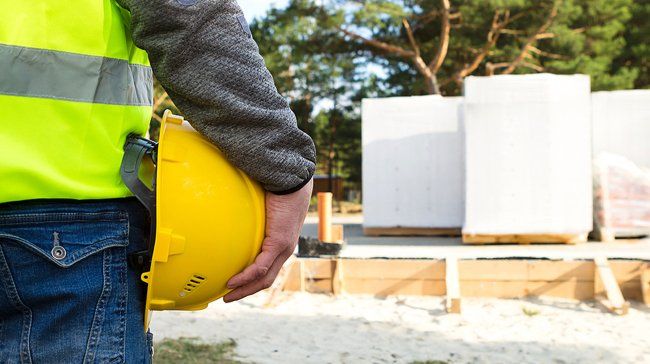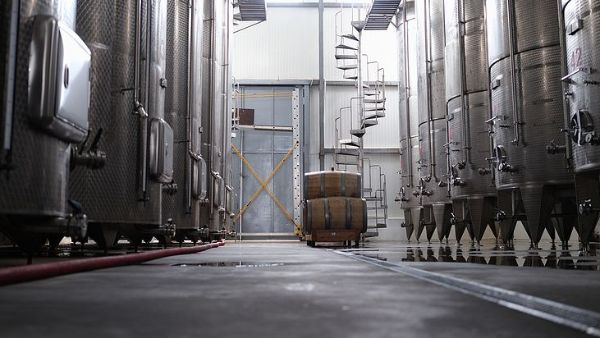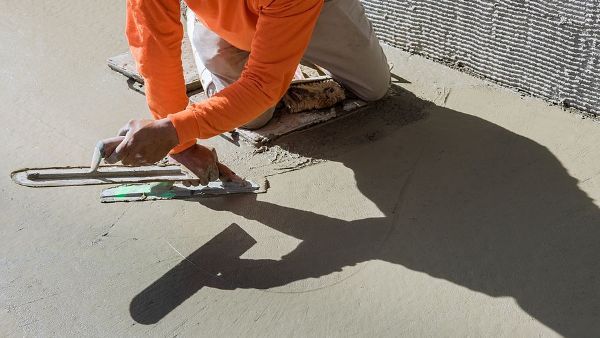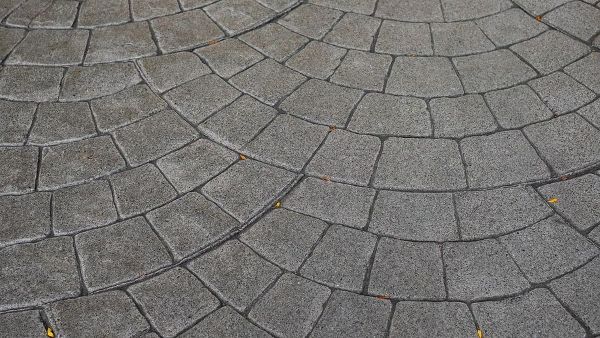Basic Rules of Concrete Safety
Safety Precautions for Concrete Work
Working with concrete can be dangerous, but not for the reasons you might think. You may be concerned about stepping in wet concrete and getting stuck. This is not much of a danger because the material dries slowly, which should give you enough time to pull your foot out.
The real dangers of working with concrete relate to its chemical makeup, consistency, and weight. Pouring the concrete may result in overexertion. Wet concrete absorbs water as it hardens and is highly caustic, meaning that it could damage the skin or eyes if it comes in contact. Dry concrete, i.e., the material before water is added to make a paste, can release silica dust that can cause respiratory problems if inhaled.
When you hire RTS Construction for your concrete project in Santa Rosa, you can rest assured that we observe all necessary safety precautions. Here are the basic rules of concrete safety that we observe.
Staying Vigilant and Alert
Serious accidents most often occur due to a momentary lapse of concentration. We place an emphasis on staying focused on the job at hand and avoiding distractions.
Wearing the Appropriate Gear
Wearing the right kinds of clothing and personal protective equipment is crucial to prevent exposure when working with concrete. Concrete workers need to wear long-sleeved shirts and pants that cover the entire leg. They wear gloves and boots that are resistant to the alkaline chemicals found in wet concrete to prevent chemical burns and skin irritation. They wear face protection such as N-95 masks to keep from breathing in silica dust and safety goggles to protect their eyes. The goggles not only protect against dust and chemicals but from heavy impacts from flying debris.
Concrete workers do not wear contact lenses while working because the dust or chemicals could get underneath and irritate or damage their eyes. If they need corrective lenses, they wear glasses with shatterproof goggles that can fit over the top of them.
Communicating Proactively
Concrete workers know that their job duties may have a negative impact on co-workers or bystanders in the area. They familiarize themselves with the safety data sheets on the hazardous materials they work with. They warn others if their activities are going to generate dust in substantial volumes. Before they pour any concrete, they make sure to clear the area first.
Using the Proper Tools
Because of the risk that concrete dust can pose, workers use tools that help to mitigate dust at the source. These include tools fitted with a water supply and exhaust-ventilated tools that are designed specifically for this type of work environment. The tools are kept in good working condition with regular maintenance and routine cleaning. When they eventually wear out, they are promptly replaced.
Exercising Caution Around Mixers and Buckets
Concrete is a mixture of several different materials. Contractors who work on large-scale concrete projects have machines to perform the work of mixing quickly and efficiently. A person who gets a hand or other body part caught between the moving parts of these machines can suffer a severe crush injury. To prevent this, concrete workers route them in a way that exposes the smallest number of people possible to the hazards. They never do anything reckless, such as ride in the buckets, or allow anyone else to do so.
Another potential hazard of working around these machines is noise-induced hearing loss, which may not develop for many years but is permanent once it manifests. Because there is little to do about the noise the machine makes, concrete workers wear some sort of ear protection in addition to the other types of PPE.
Employing Appropriate Techniques
Working with concrete can involve a lot of heavy lifting. Concrete workers take steps to avoid overexertion by using mechanical assistance or working with a partner when possible. They also lift with their legs to avoid straining their back. They never twist from the waist when carrying something heavy for the same reason.
Concrete workers also observe appropriate techniques when it comes to ventilation. While it is preferable to control dust by using specific tools, it is not always possible. In these cases, preventing dust inhalation means ventilating the larger workspace.
If you plan to be on the site while the concrete work is going on, we will inform you of the precautions you need to take to stay safe. For more information on starting a new project, contact us at 707-318-4430.





